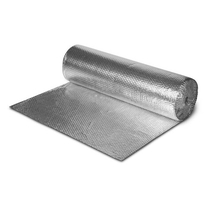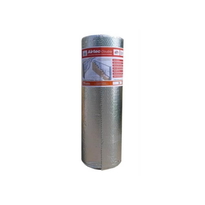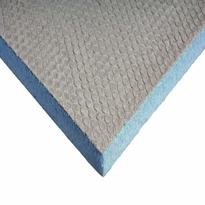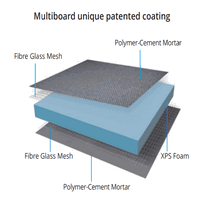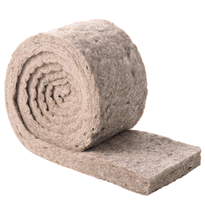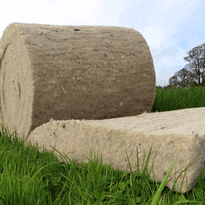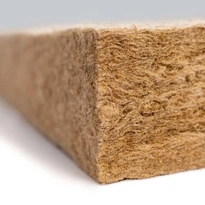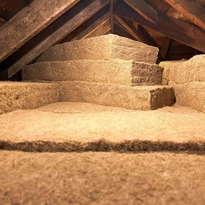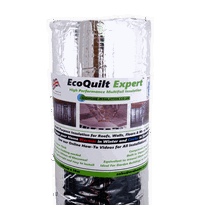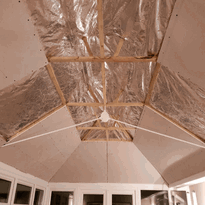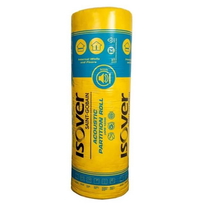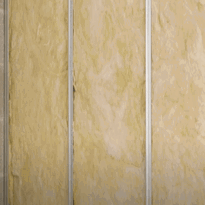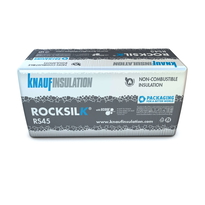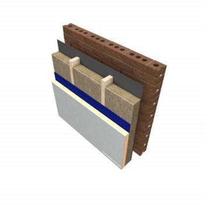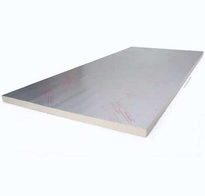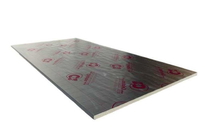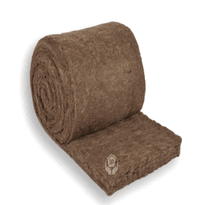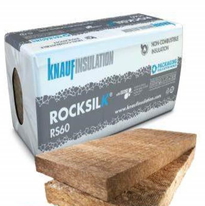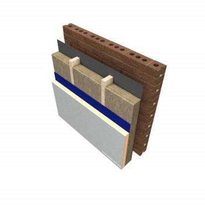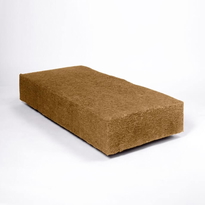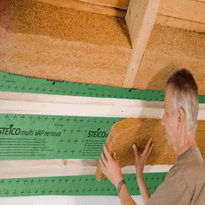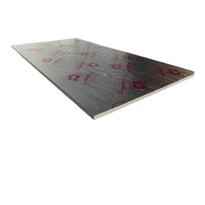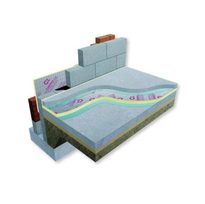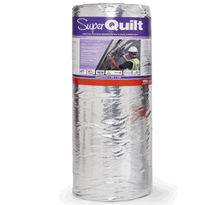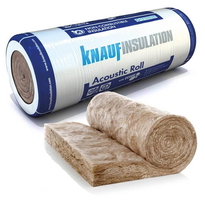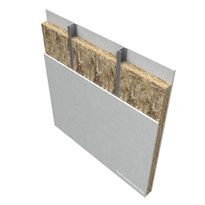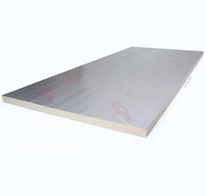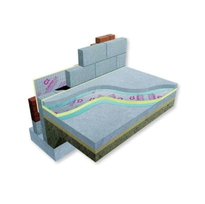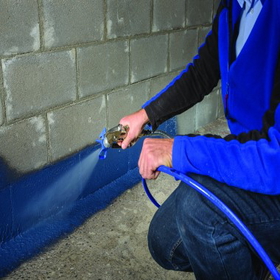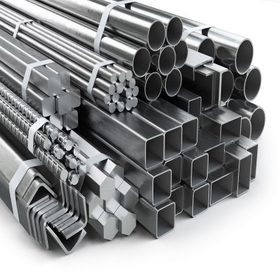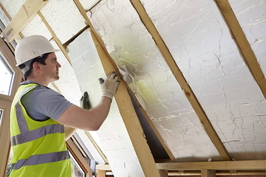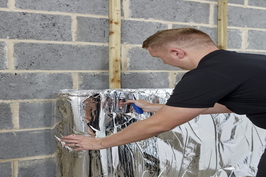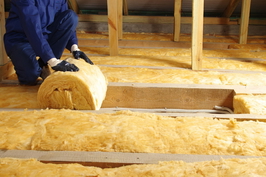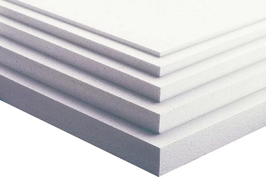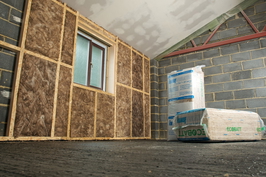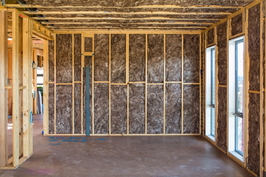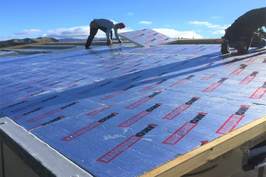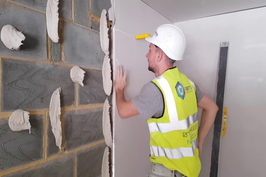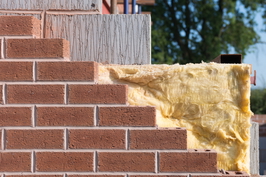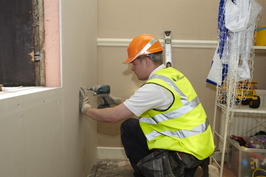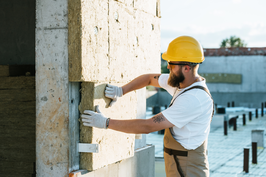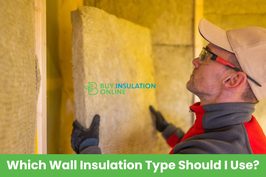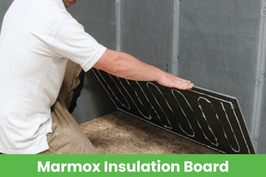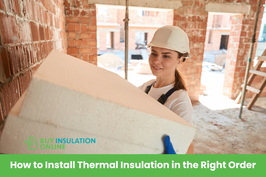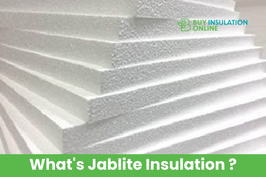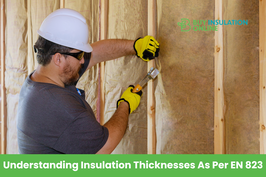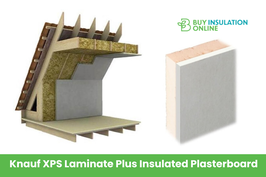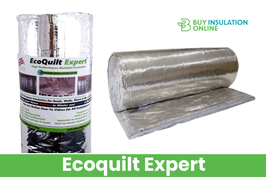Similar Categories
Internal wall insulation is an effective solution for improving the thermal performance of homes across the UK. By insulating internal walls, homeowners can reduce heat loss, lower energy bills, and enhance overall comfort. This guide explores the benefits, materials, and installation process of internal wall insulation, ensuring you make informed decisions for your property.
What is Internal Wall Insulation?
Internal wall insulation involves adding a layer of insulation material to the inside of external walls or between internal partition walls. This method is particularly useful for properties with solid walls that cannot benefit from cavity wall insulation. By insulating internal walls, heat loss can be significantly reduced, leading to improved energy efficiency.
Benefits of Internal Wall Insulation
-
Reduced Heat Loss – Internal wall insulation helps retain heat within your home, lowering heating bills.
-
Improved Energy Efficiency – Adding insulation improves the overall thermal performance of your property.
-
Cost-Effective Solution – Compared to external wall insulation, internal wall insulation is often more affordable and easier to install.
-
Enhanced Sound Insulation – Insulated walls can help reduce noise between rooms, improving comfort.
-
Condensation Control – Proper insulation reduces the risk of condensation on internal walls, preventing damp issues.
Types of Internal Wall Insulation
-
Insulation Boards
-
Rigid insulation boards, such as PIR insulation or Kingspan products, are commonly used to insulate internal walls. These boards offer excellent thermal insulation and can be fixed directly to the wall.
-
Insulated Plasterboard – Combines plasterboard with rigid insulation, providing a two-in-one solution that simplifies the installation process.
-
-
Mineral Wool Insulation
-
Mineral wool is a breathable insulation material that can be installed within stud walls or behind plasterboard. It offers sound insulation and thermal conductivity benefits.
-
-
Stud Wall Insulation
-
Constructing a new stud wall and filling it with batt insulation or mineral wool is an effective way to insulate internal walls without directly applying insulation to the existing wall.
-
-
Foam Boards
-
Foam boards provide rigid insulation and are ideal for solid wall insulation projects. They can be fixed directly to walls with adhesive or mechanical fixings.
-
How to Install Internal Wall Insulation
-
Preparation – Assess the condition of the existing walls and ensure they are free from damp. Any signs of a damp wall must be addressed before insulation is applied.
-
Choose the Insulation Material – Select from insulated plasterboard, rigid insulation boards, or mineral wool based on the specific needs of your home.
-
Fixing Insulation Boards – Boards can be fixed directly to the wall using adhesive or screws. Ensure gaps between boards are sealed to prevent cold bridges.
-
Installing a Vapour Barrier – A vapour barrier may be required to prevent moisture penetration and ensure the insulation performs effectively.
-
Plastering and Finishing – Once the insulation is in place, apply plasterboard or plaster over the insulation layer to create a smooth, finished surface.
Key Considerations for Internal Wall Insulation
-
Thickness of Insulation – The thickness of insulation can vary depending on the type of insulation and the required thermal performance.
-
Condensation Risk – Internal wall insulation must be installed correctly to prevent condensation, which can lead to damp and mould.
-
Cost of Internal Wall Insulation – Costs can vary depending on the size of the project and the type of insulation material used.
-
Planning Permission – Generally, internal wall insulation does not require planning permission, but it must comply with UK building regulations.
-
Grants Available – Check with the Energy Saving Trust or local authorities for grants available for internal wall insulation projects.
Common Applications
-
Solid Wall Insulation – Internal wall insulation is often used for solid brick or stone walls.
-
Cavity Walls – While cavity wall insulation is common, internal insulation can provide additional thermal performance for cavity walls.
-
Partition Walls – Insulating interior walls can improve sound insulation and reduce heat loss between rooms.
Conclusion
Internal wall insulation is a practical and cost-effective way to improve the energy efficiency of homes in the UK. By reducing heat loss, insulating internal walls can lead to lower energy bills, increased comfort, and enhanced sound insulation. Whether you choose mineral wool, insulated plasterboard, or rigid insulation boards, internal wall insulation offers a valuable solution for older homes with solid walls. For best results, consult with professional installers and ensure compliance with building regulations.
